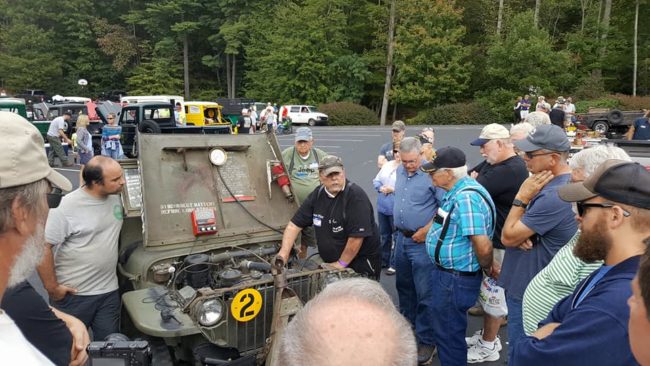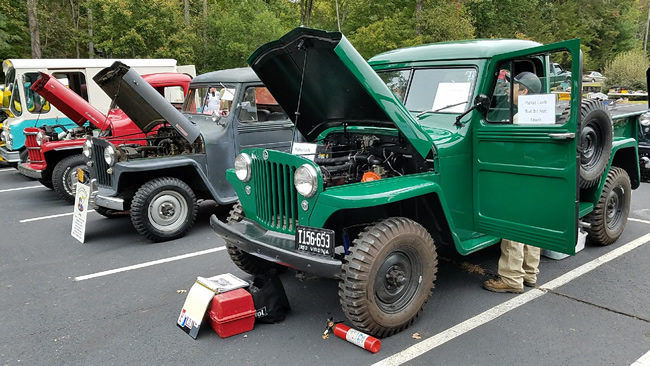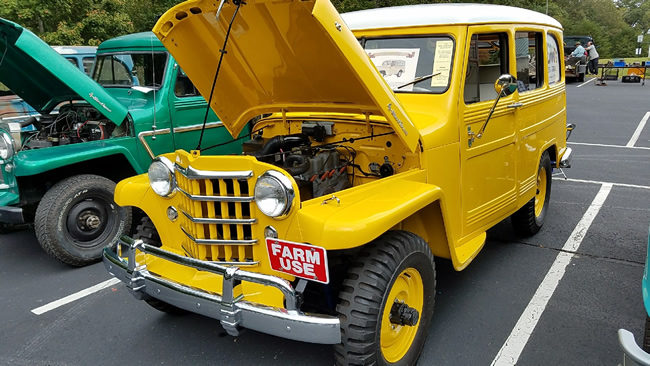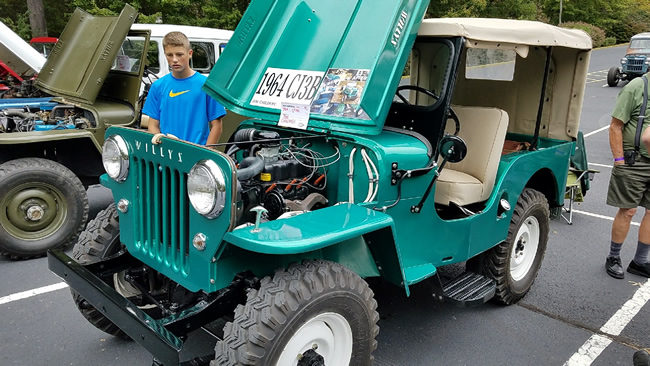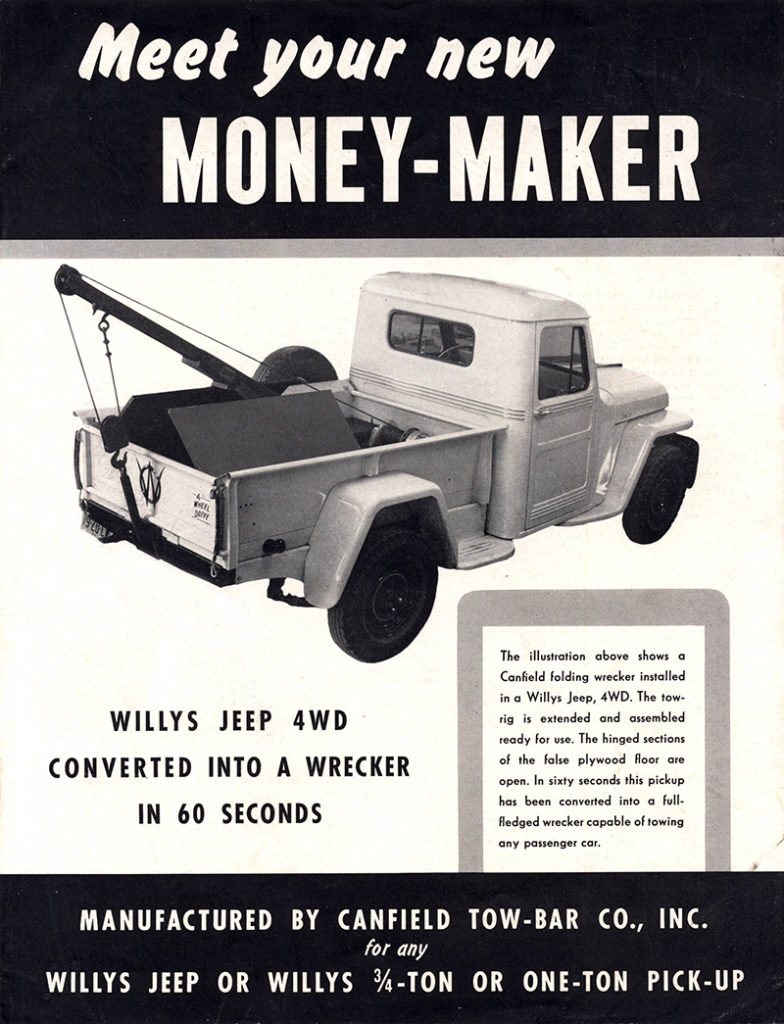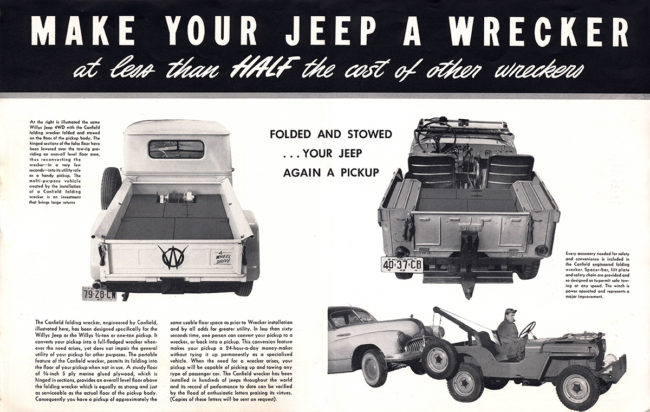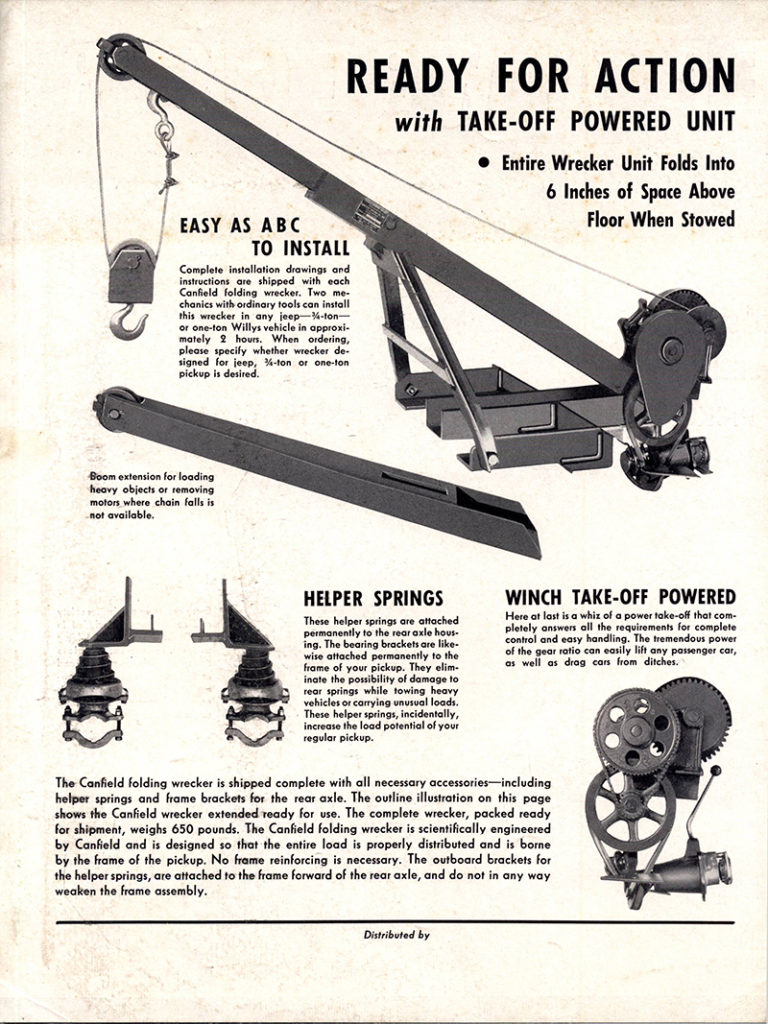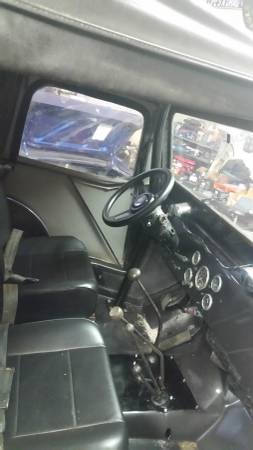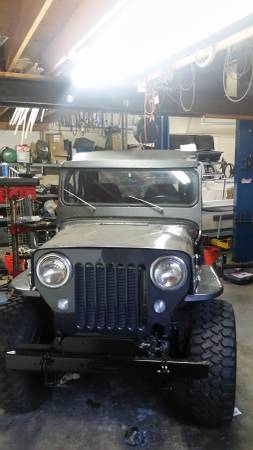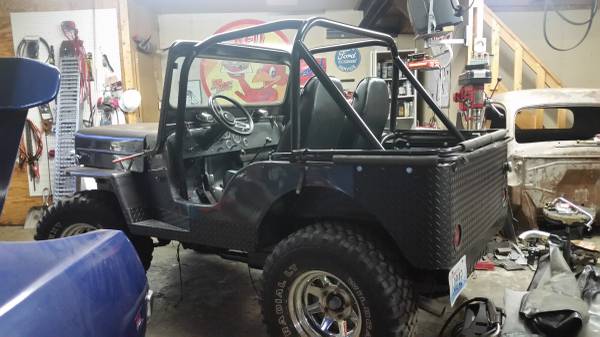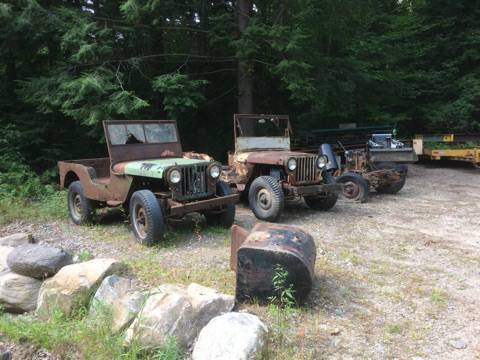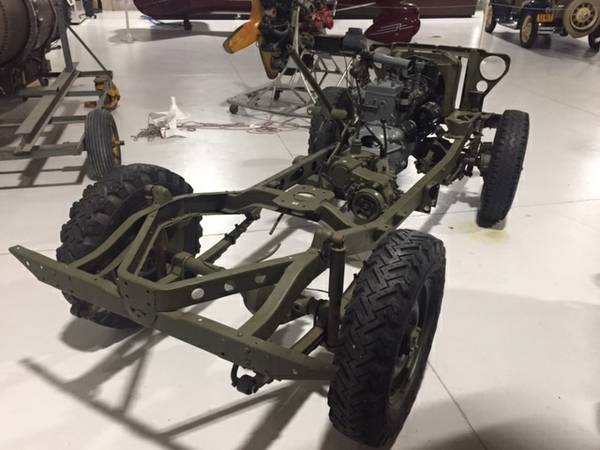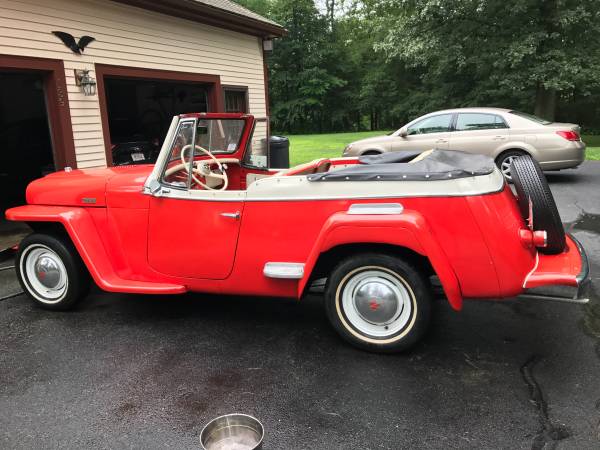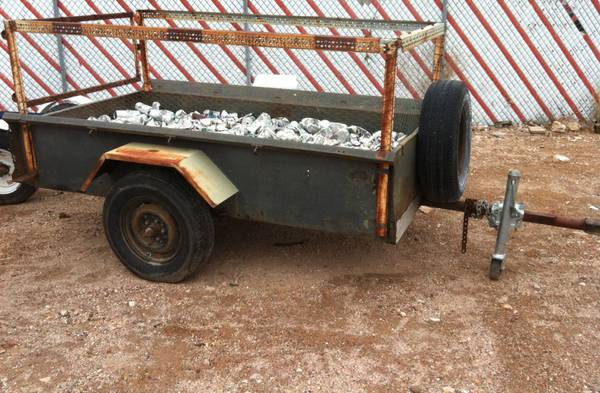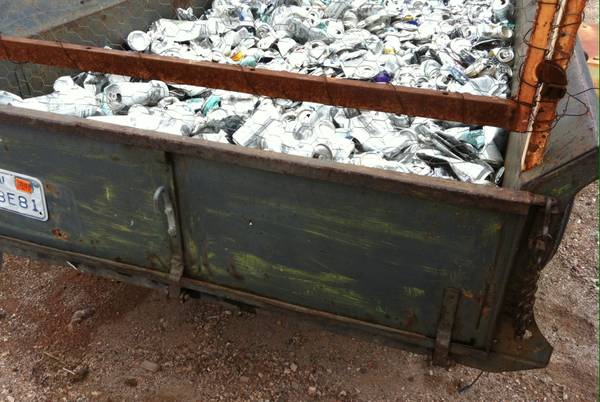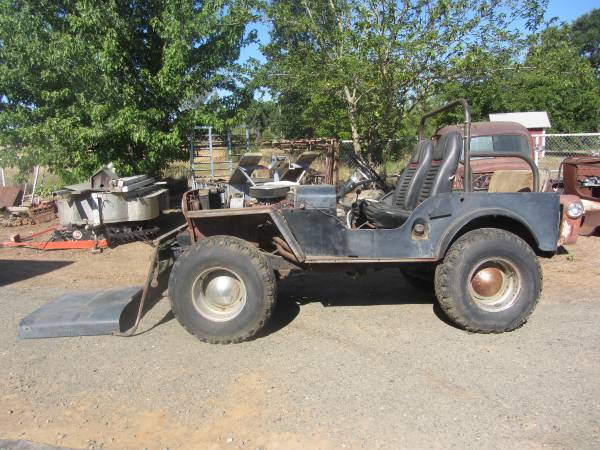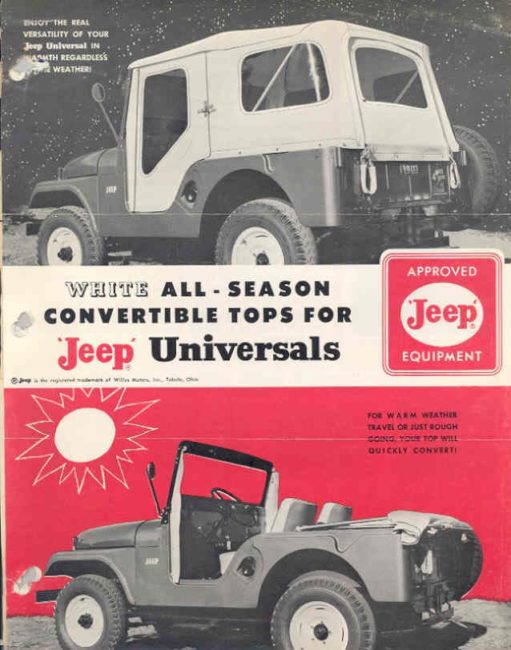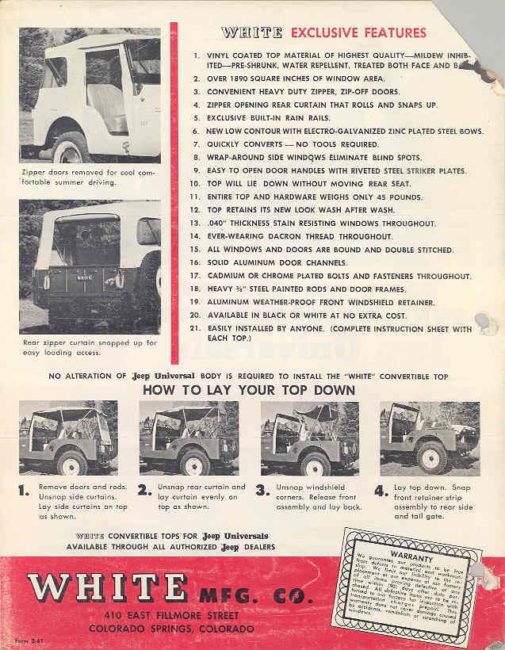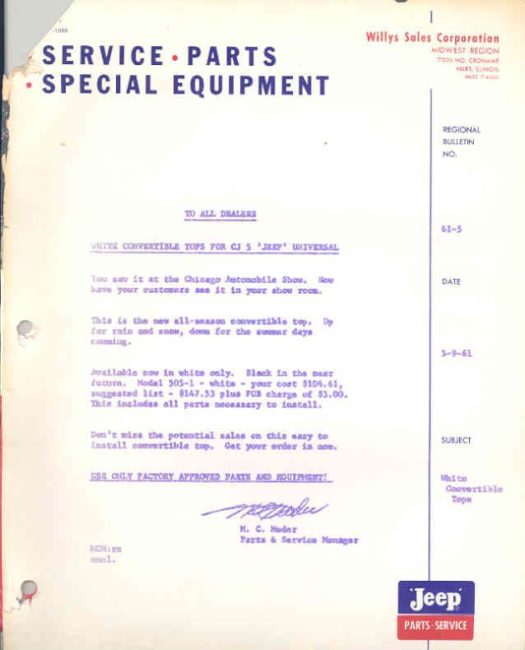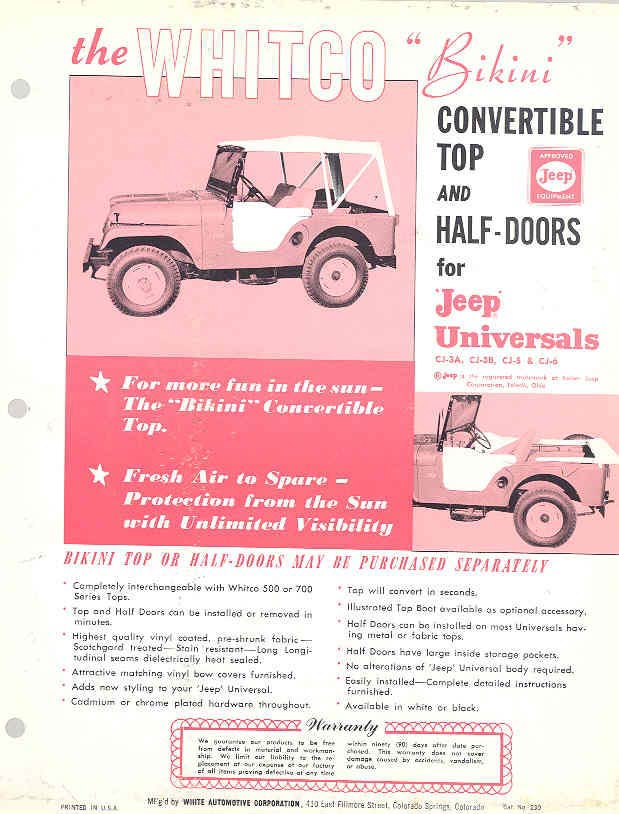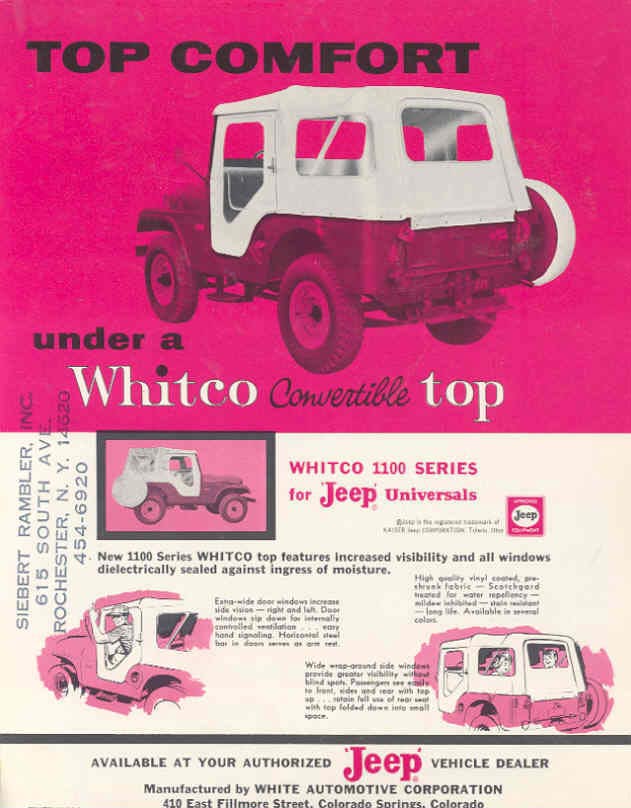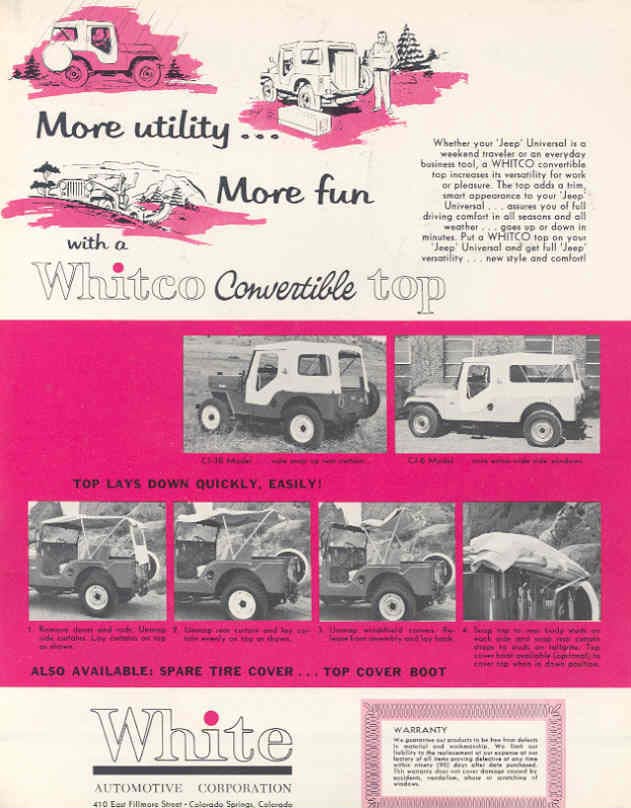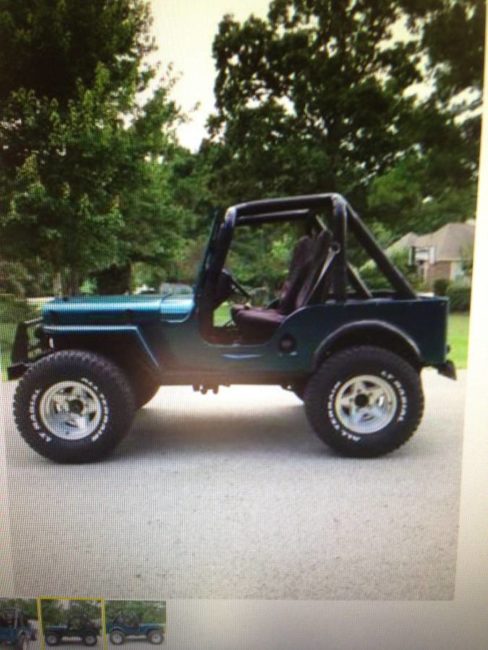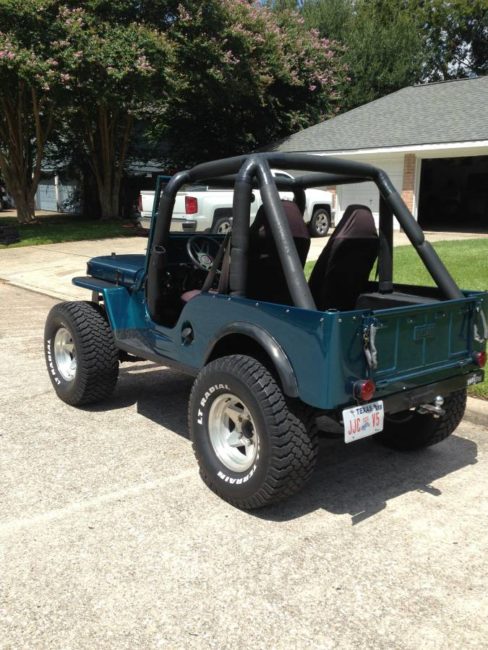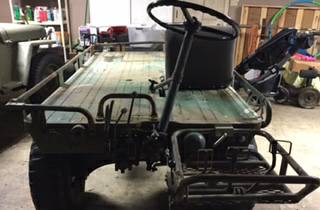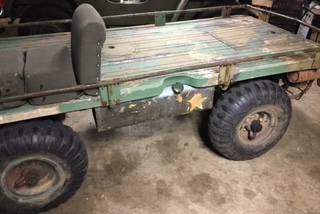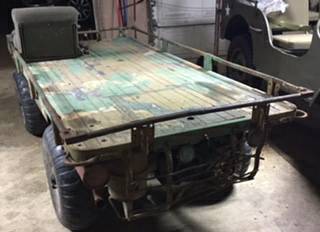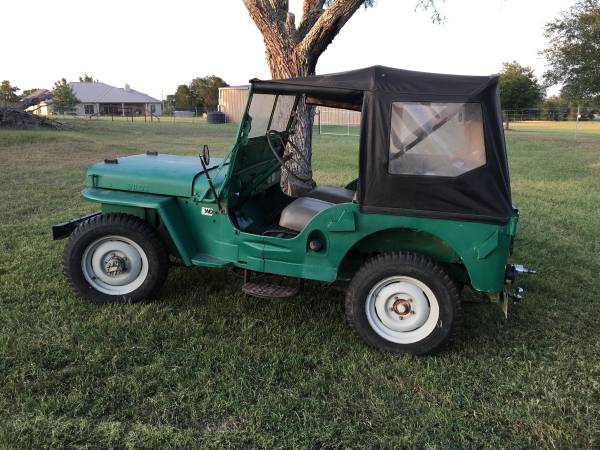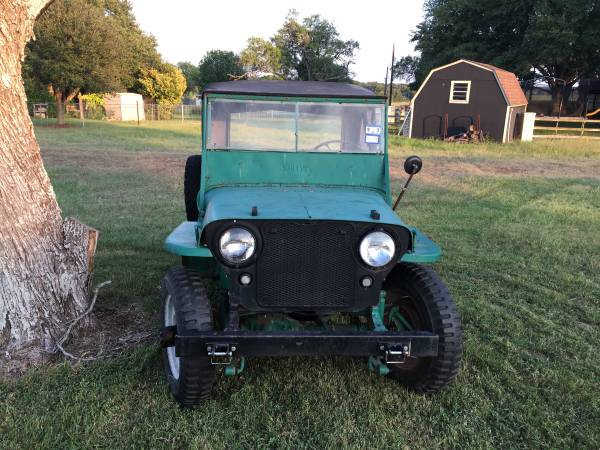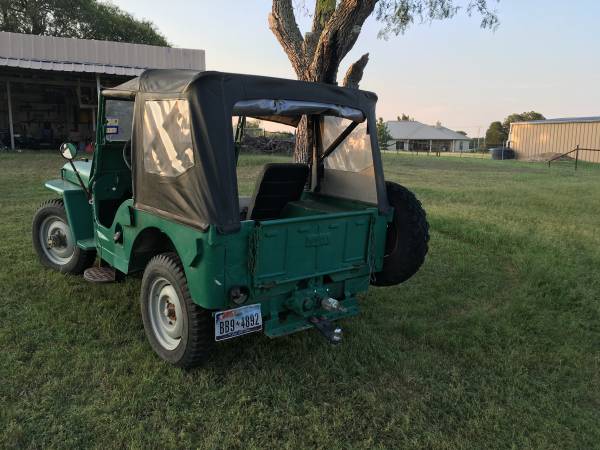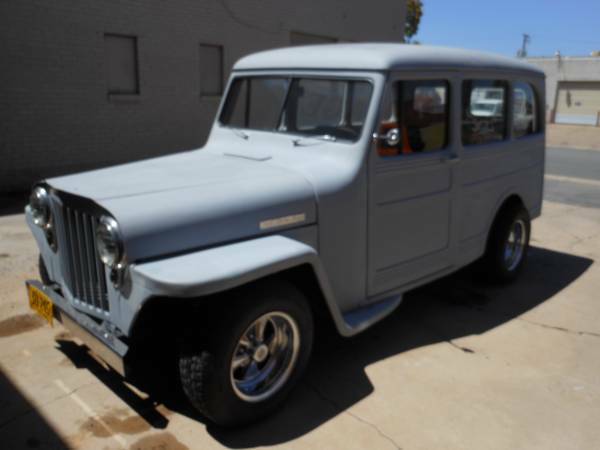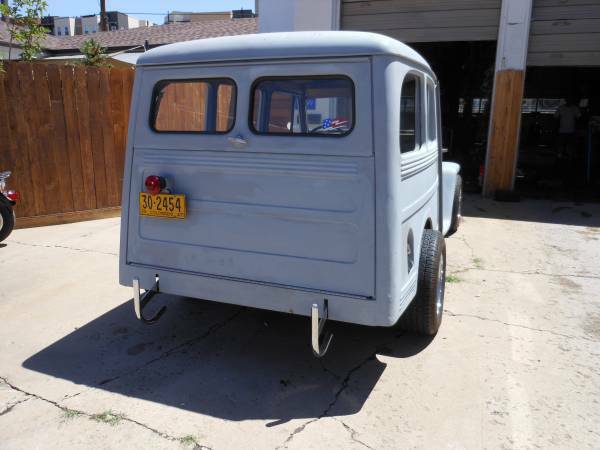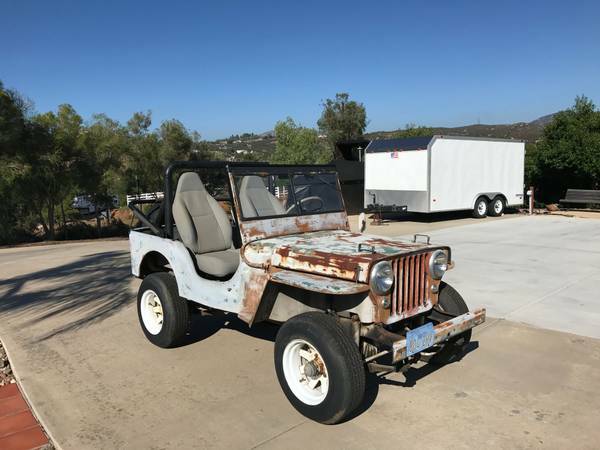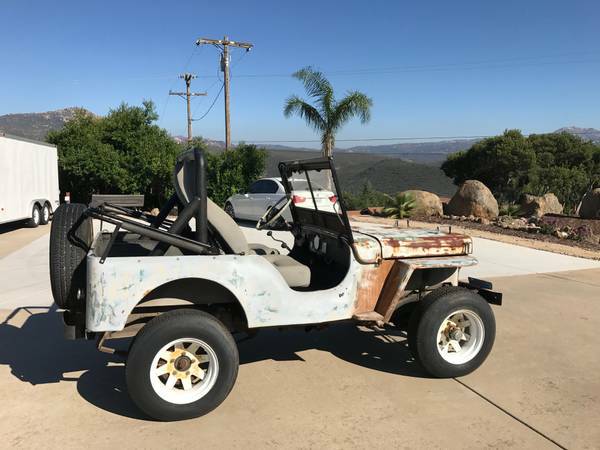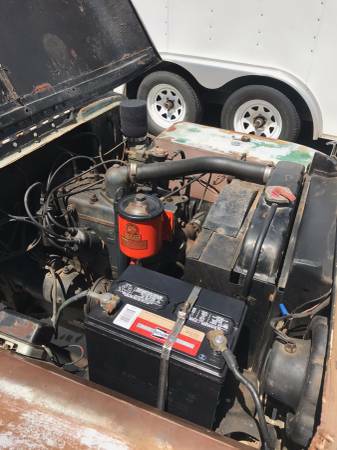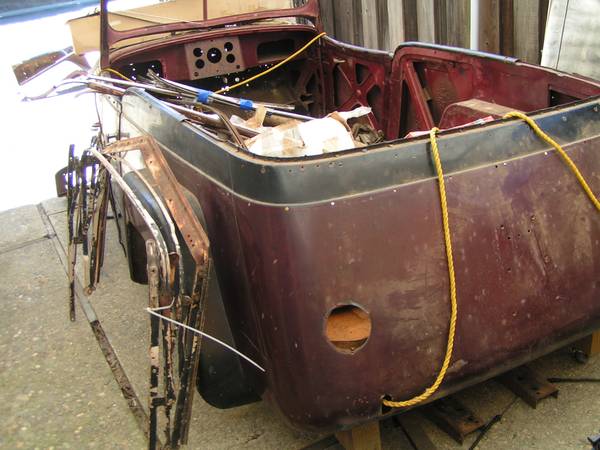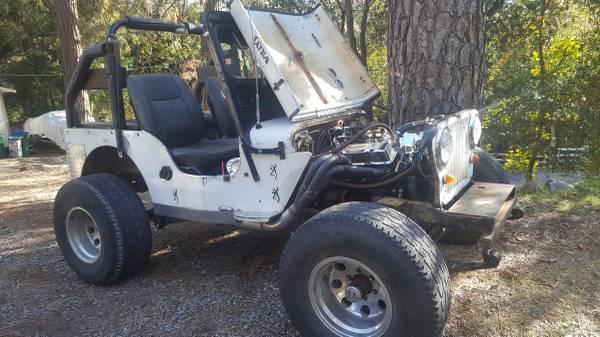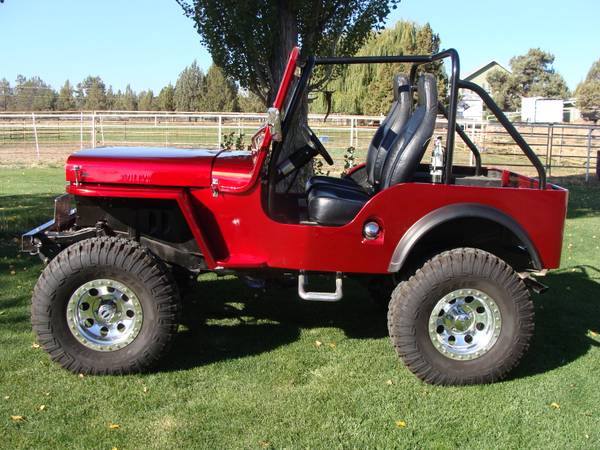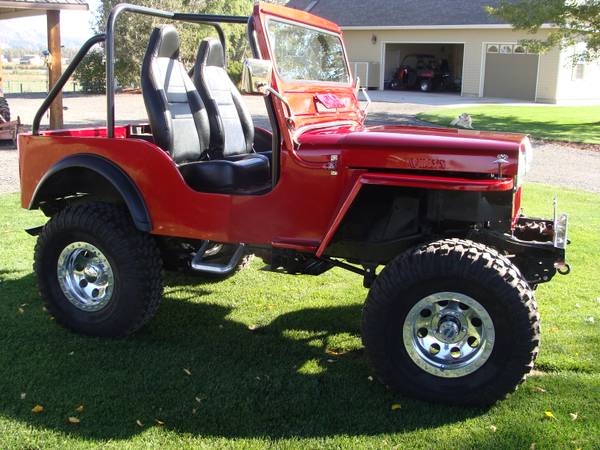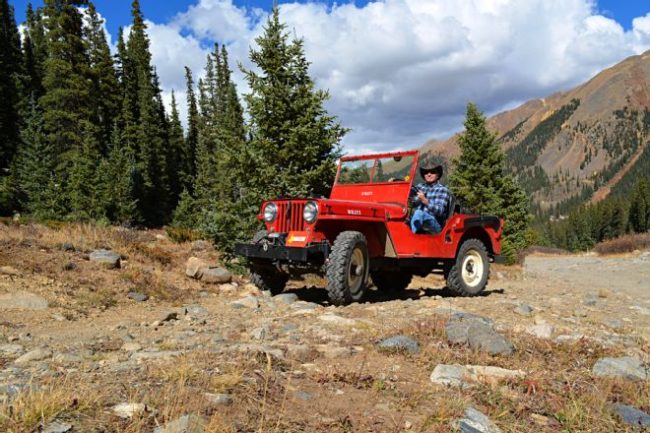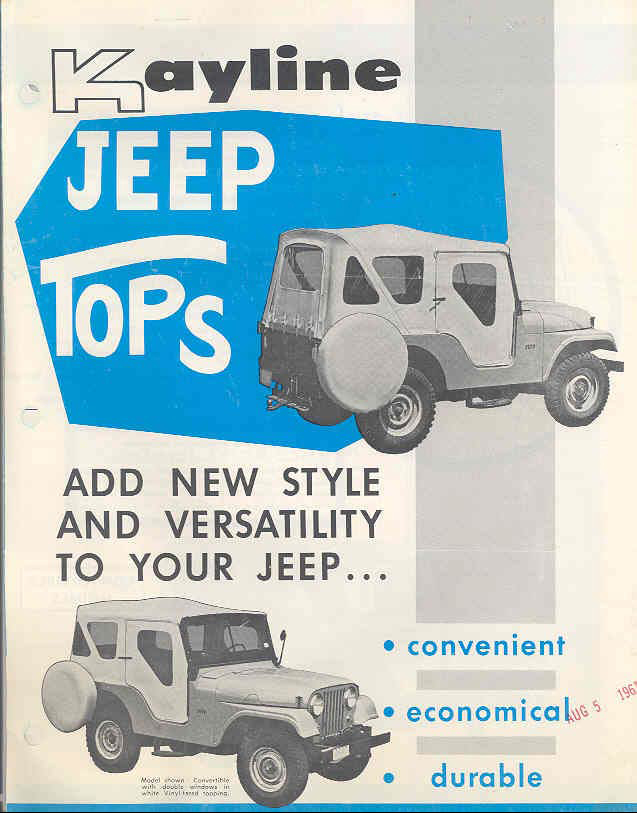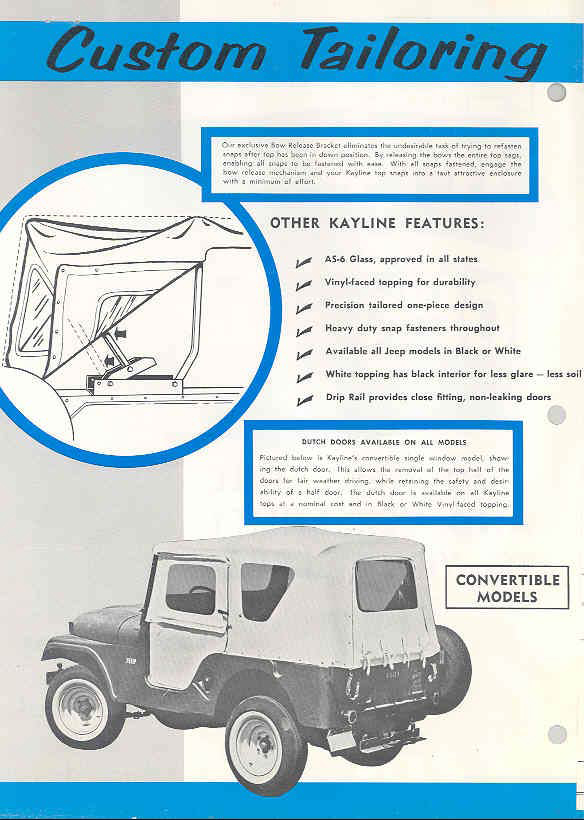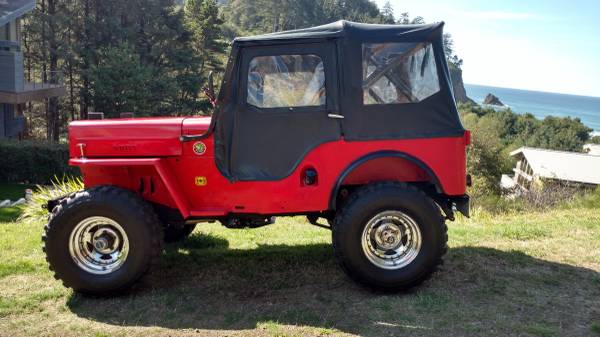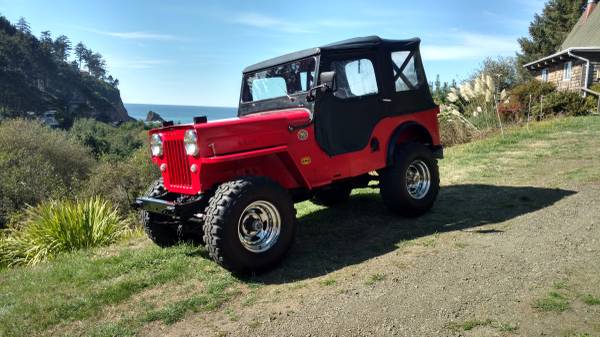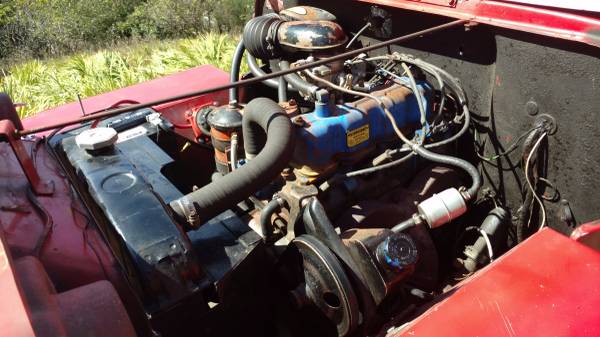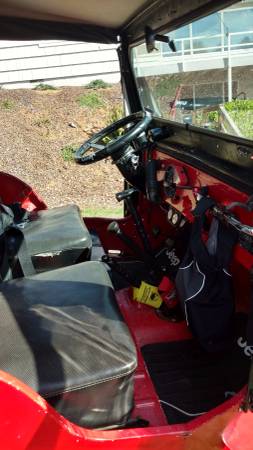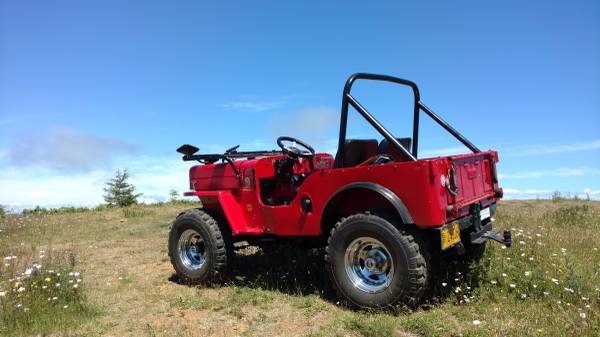UPDATE: Mike’s updated the price to $5500
https://pittsburgh.craigslist.org/cto/d/1960-jeep-willys-cj3b/6337633392.html
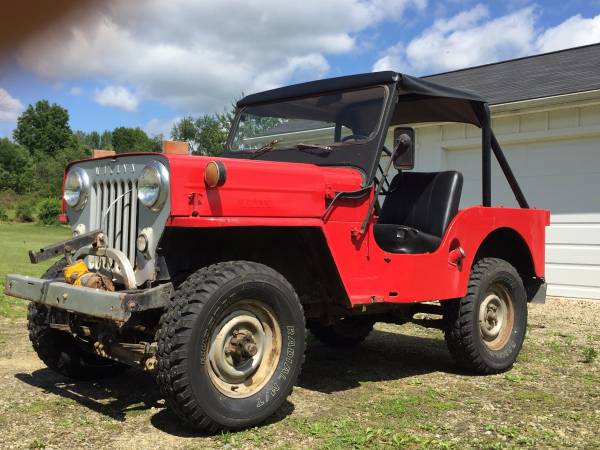
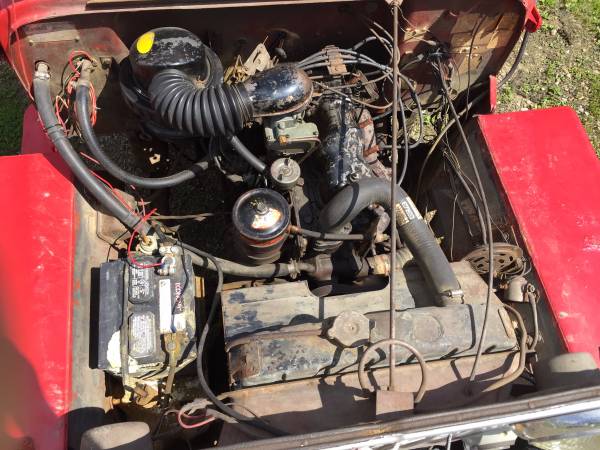
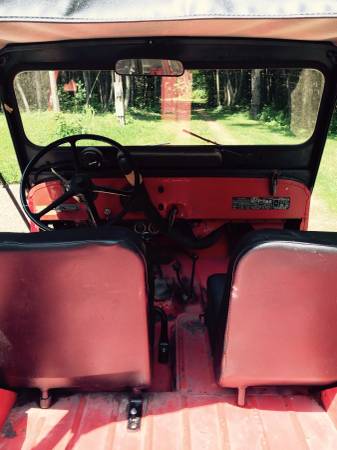
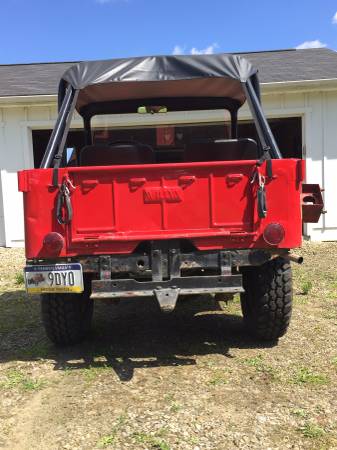 “1960 Jeep Willys CJ-3B with a great running original Hurricane engine. Everything on this Willys is in working order. It is road worthy with a good, clean Pennsylvania title, registration and antique license plates. This vehicle has always been kept in a garage and all aspects of this vehicle are in good or better than good condition except for, the body which needs work (There’s rust in the usual places) and it needs a new fly-wheel which I’ve purchased but not installed.
“1960 Jeep Willys CJ-3B with a great running original Hurricane engine. Everything on this Willys is in working order. It is road worthy with a good, clean Pennsylvania title, registration and antique license plates. This vehicle has always been kept in a garage and all aspects of this vehicle are in good or better than good condition except for, the body which needs work (There’s rust in the usual places) and it needs a new fly-wheel which I’ve purchased but not installed.
I purchased the Willys in January 2013 from the estate of its original owner. The original owner’s primary use was to plow his home and business driveways. My primary use was to plow my camp driveway and to pull a 700-pound Disc Harrow and Cultipacker combination unit to plant food plots for hunting. Because of how well this Willys operates I believe it has very low miles on it. The odometer has less than 16,000 miles but, the estate of the original owner wasn’t in a position to certify the mileage on their title transfer.
To my knowledge everything on this Willys is original except for the new parts I installed, which are:
2013: Front & rear brake cylinders, Pinion oil seal, Ignition switch, Muffler & Tail pipe, Tailgate Chains, Gasket set with oil seals, Rebuilt snow plow hydraulic pump, Suspension overhaul – leaf springs, shock absorbers, shackles, bushings, greaseable pivot eye bolts, & U-bolts.
2014: Roll Bar, Bikini Top, Rebuilt & Reupholster original Seats.
2016: Battery cables, Carburetor Rebuild Kit, 4 new 235/75R15 radial MT mud tires.
The Price includes: Door frames (soft covered doors), Frame for soft top, Myers Snow Plow, and Spare parts.”

